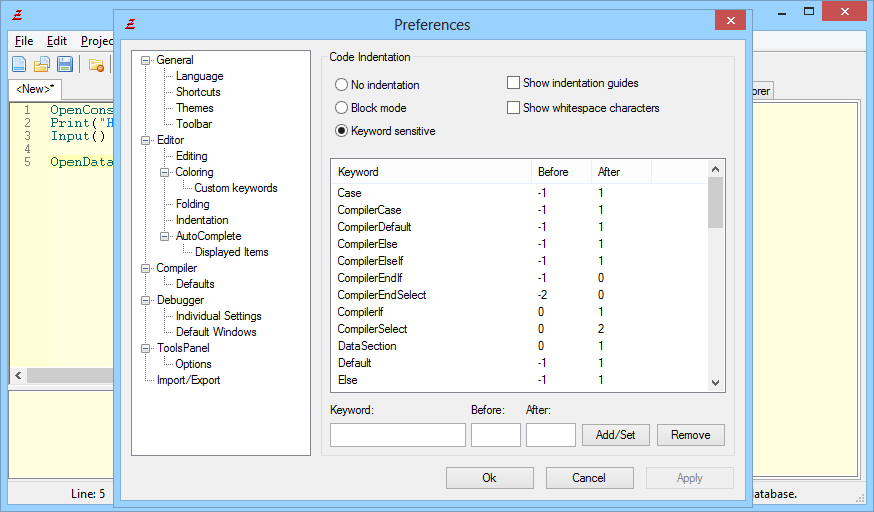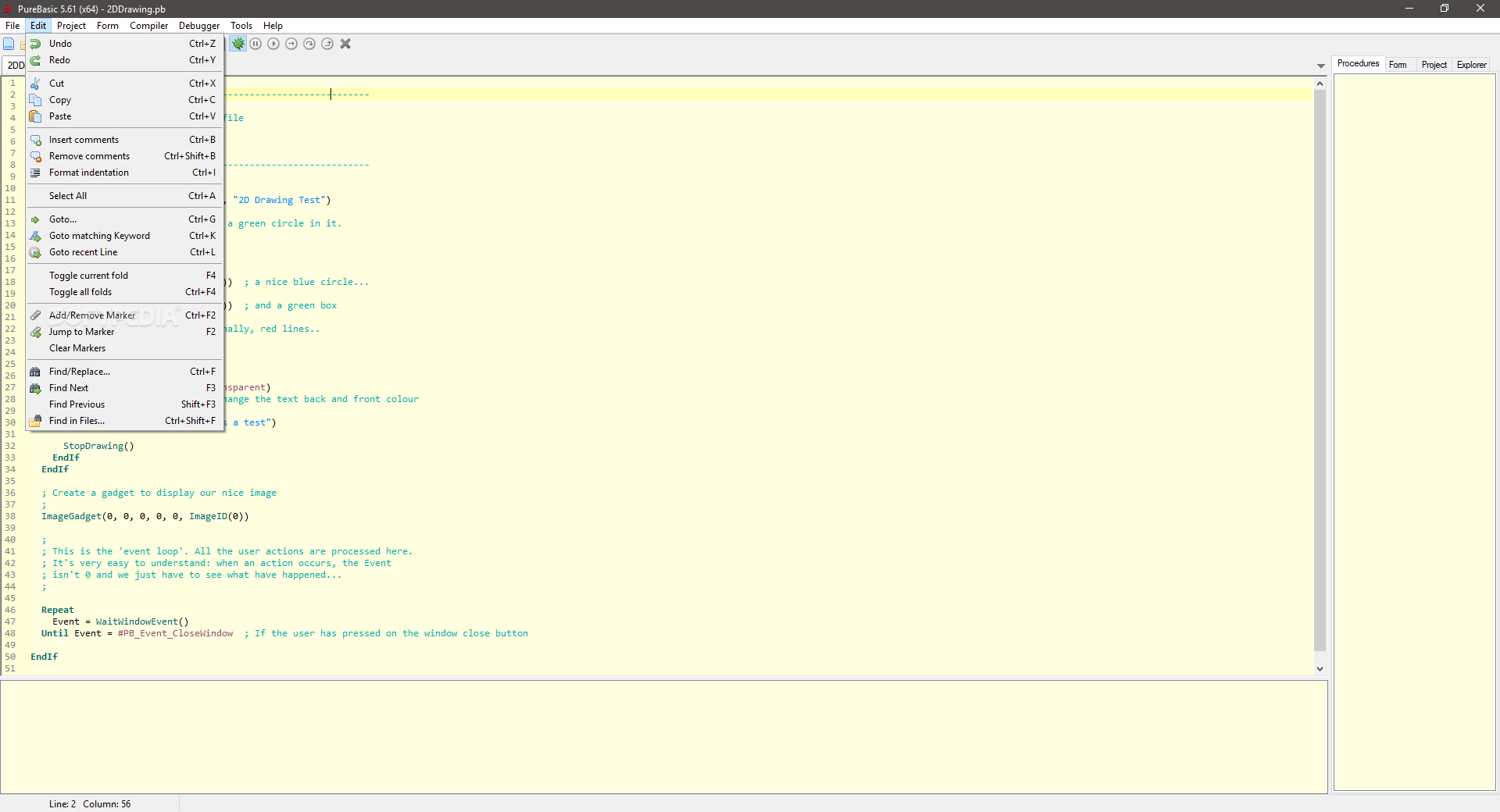

VB6) automatically convert native Unicode strings to ANSI when passing to a DLL. If your language works with native Unicode strings, you may need to convert to ANSI before calling. The strings must be 8-bit-character ANSI strings terminated by a zero character. All return values are signed 32-bit integers.Ĭheck that the `INT` or `INTEGER` type in your language is a 32-bit one. Using a local 64-bit integer instead of a 32-bit one.The most common problems in writing interfaces are: You must allocate one extra space than the number of output characters.

PUREBASIC INTEGER MANUAL
You will need to check the manual for the significance of the return value for each individual function.
PUREBASIC INTEGER WINDOWS
Windows should find the DLL automatically.įor more information on the directories searched and the order in which they are searched,ĭo a search in MSDN for help on "Search Path Used by Windows to Locate a DLL". You will need to set an external reference to the relevant DLL.All of the core DLLs are simple Win32/64 DLLs, not ActiveX or COM or.You must allocate storage for these output variables. No const qualifier for a string or byte array The const qualifier indicates an input-only parameter. Be careful, the linked copies above may be out of date.ĪNSI string: a string of single-byte non-zero characters terminated by a zero byteīyte array: an ordered sequence of single-byte values of any value in the range The latest version of the C include file is included in the downloaded installation distribution and should be in the directoryĬ:\Program Files(x86)\ \C. Or the Sample Definitions and Examples below. You may also get more ideas by looking at the You should be able to work out what you require for your language. The best place to see the parameters and types for all the functions is in the relevant C include file.


 0 kommentar(er)
0 kommentar(er)
